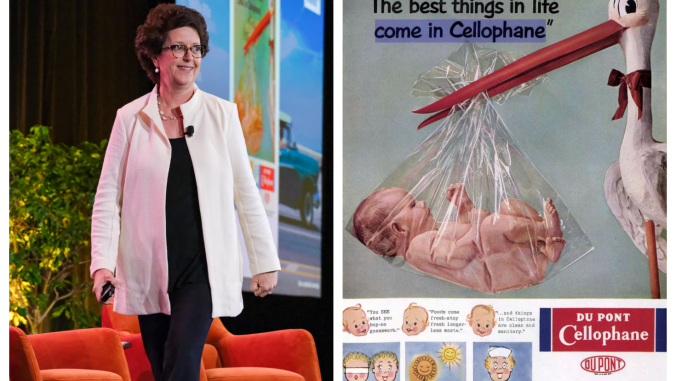What’s your target buyer’s name?
Maybe it’s something personal and simple such as "Sam," or maybe it’s something sort of marketing-y such as "Betty Buyer," or maybe it’s more descriptive such as one of Shelton’s consumer segments, "True Believers."
Regardless of the name, one thing target audience profiles have in common is that they segment the market based on demographics first (age, income, education level, etc.) and then some form of psychographics (needs, drivers, care-abouts, values, beliefs, what makes them tick). It’s time to start adding into the mix an emerging psychographic differentiator we’re calling "sustainographics." Here’s why:
- Once upon a time (and to this day, honestly), marketers and sustainability practitioners referred to "The Green Consumer" as a distinct profile or persona for a specific type of human being whose defining characteristic is that they’re interested in and actively buying green products.
- The reality is that 42 percent of Americans want to be seen as someone who’s buying green products, and 26 percenr can offer up a brand — unaided — that they’ve purchased or not purchased because of the environmental or social record of the manufacturer. See our Greenbiz webcast to learn more but the important thing is that the 26 percent breaks out into a bunch of profiles with different demographics and psychographics. Although they’re not official segments, we call them "Choosers," "Stoppers" and "Changelings."
- Layer on that the vast majority of people in America think recycling is the bare minimum they can do for the environment, that companies have a responsibility for the end of life of their products, and that companies should stand for something more than just making money and taking good care of their employees, and it’s pretty obvious that most Americans have environmental and social drivers mixed in with all their other drivers as they choose products and services.
The question to answer is: What are the specific sustainability drivers for your segmentation system?
Let’s first differentiate between segments and personas. Segmentation systems quantitatively divide the market into groups based on similarities. As this helpful HBR article puts it, "Segmenting, at its most basic, is the separation of a group of customers with different needs into subgroups of customers with similar needs and preferences." Segments are sort of uncovered — the similarities exist, and segmentation systems simply identify those similarities and put people into buckets or groups based on them. Personas bring those segmented groups to life by personifying the numbers into a fictionalized story of an individual who typifies each segment — or often just the key target segment.
What are the specific sustainability drivers for your segmentation system?
What we’re recommending is that market researchers everywhere begin to include environmental and social drivers in the psychographic criteria they’re collecting and uncovering and then leverage that understanding in the creation of the story — the persona — about the human beings they want to communicate with and sell to.
This is, of course, easier said than done. Some people are way more concerned about and driven by the social aspects of sustainability — and that could include how companies treat employees, social stands companies have taken (or not taken), causes companies support, standards/limitations they’re putting on their supply chains around human rights, and so on. Other people are more concerned about environmental aspects, and that could include everything from corporate commitments on climate change all the way to making products with a high recycled content mix that are also recyclable.
As you’re doing your market segmentation research, you need to seek to understand which aspects of sustainability are most important to your buyer — and which aspects actually drive brand favorability/loyalty and intent to purchase. Once you understand that, you can bake it into your buyer persona, and it should become a piece of your communications mix. In other words, you should serve up sustainability-related content some of the time but not all of the time (unless that’s core to your brand’s value proposition), and it should be a key ingredient in the overall story you’re telling — not a stand-alone story.
Think about it like vegetable soup: Sustainability benefits should be all mixed in with functional and emotional benefits just as tomatoes, peas, carrots and onions are in the soup.
Again, easier said than done — not all vegetable soup is created equal. So, drop us a line or give us a shout if we can help you think this through. We’re still somewhat early in our work on this front, so we can all learn together.






